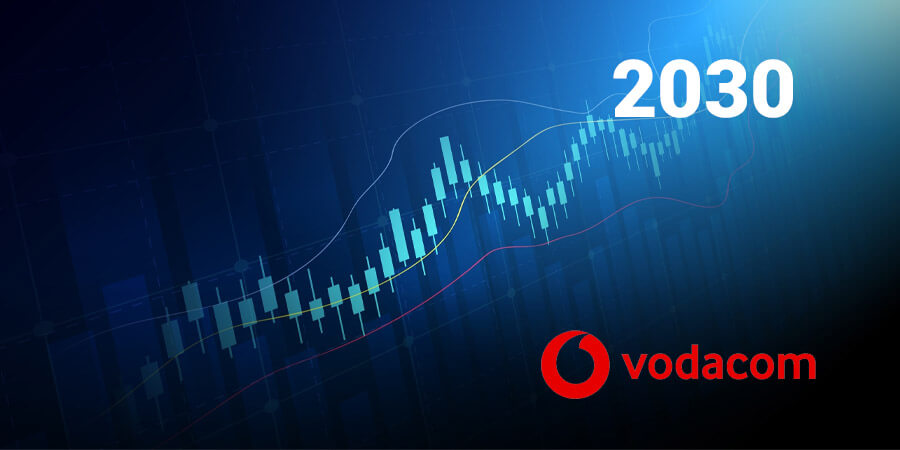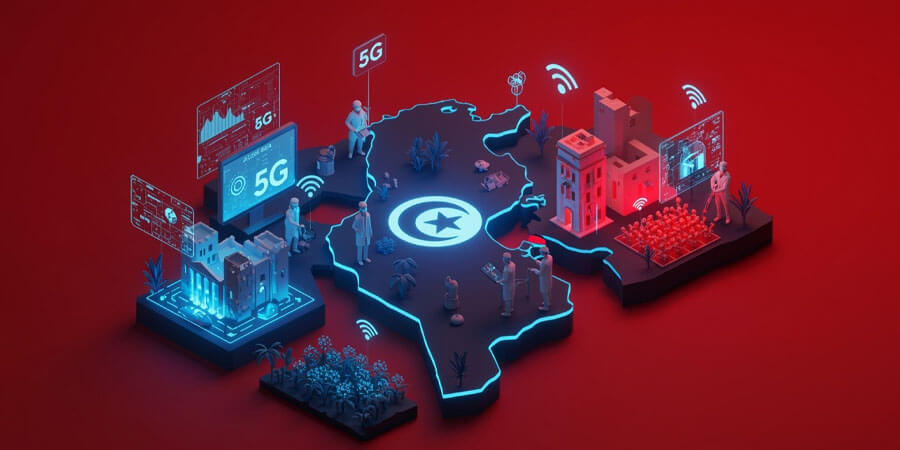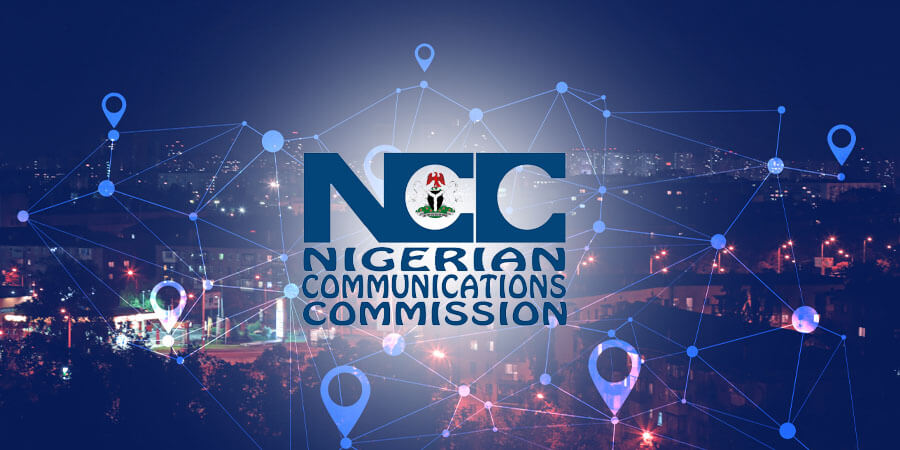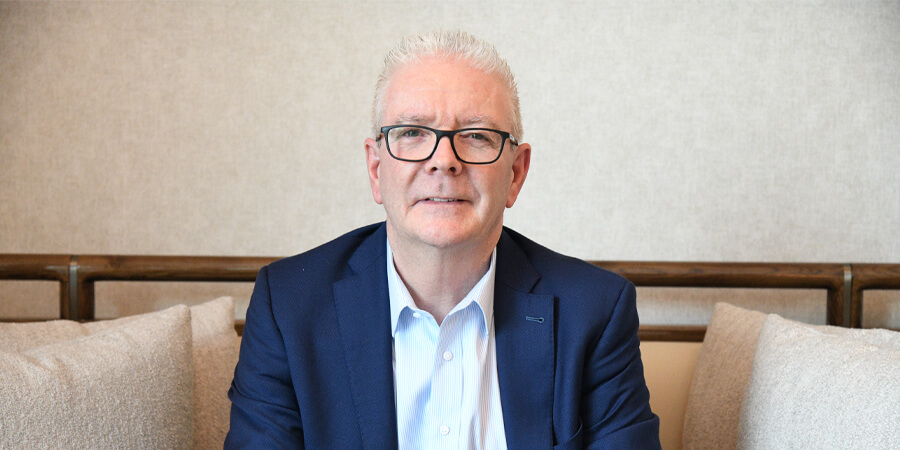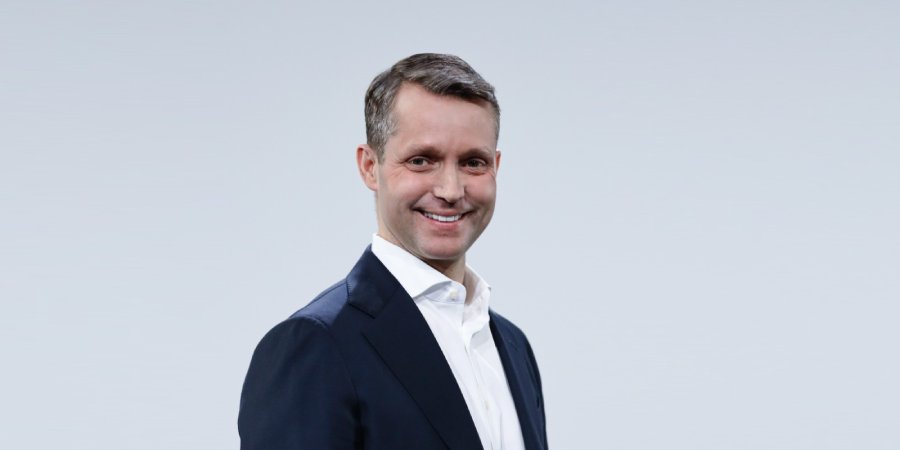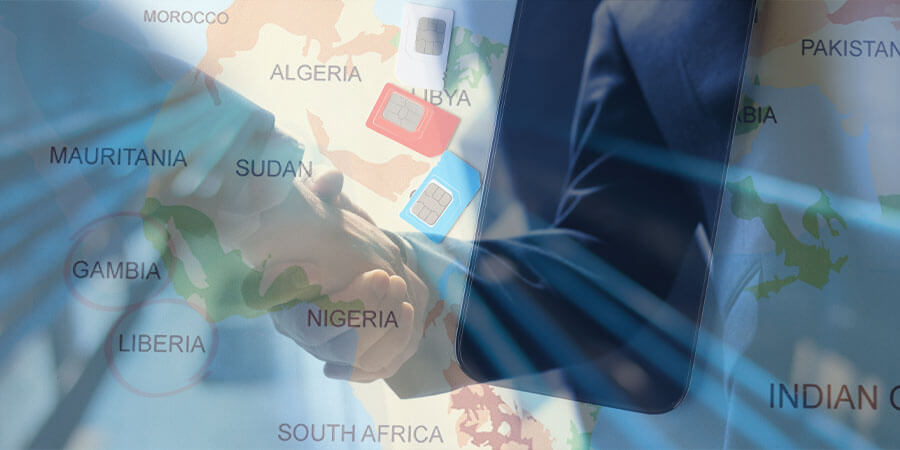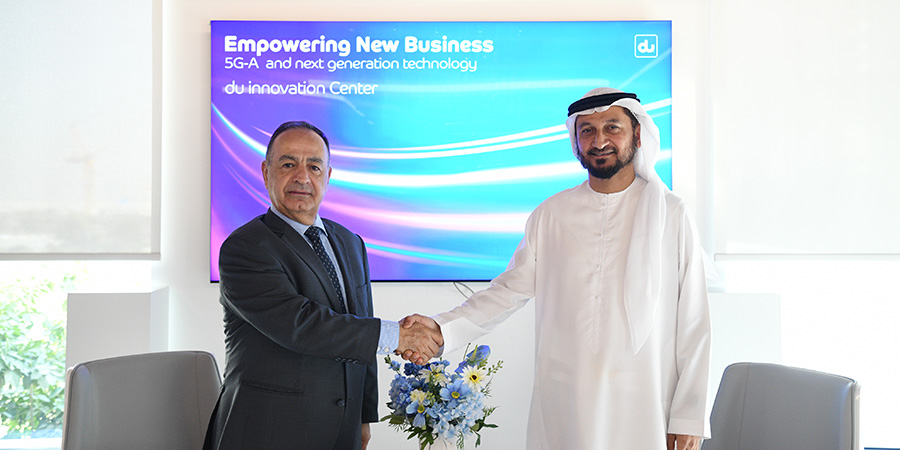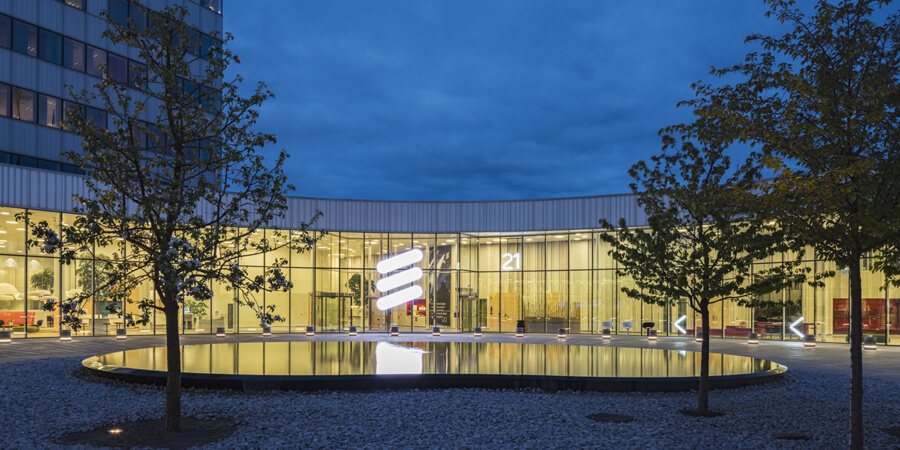Swedish telecom vendor Ericsson has surprised analysts with reduced losses in Q4 driven by the increase of sales revenues and costs reduction. Sales as reported increased by 10% Year-on-Year and sales adjusted for comparable units and currency increased by 4%. Costs related to revised Business Support Systems (BSS) strategy impacted Digital Services operating income in Q4.
Sales have gradually improved during 2018, resulting in full-year organic sales growth for the first time since 2013. This is partly due to an improved market, but also driven by market share gains in Networks as a result of a more competitive radio product portfolio. Networks sales adjusted for comparable units and currency grew by 6% Year-on-Year and digital services sales adjusted for comparable units and currency grew by 5% Year-on-year.
Gross margin was 25.7% (21.6%). Gross margin, excluding restructuring charges and other costs related to revised BSS strategy, improved to 36.3%, supported by cost reductions, the ramp-up of Ericsson Radio System (ERS) and the contract review in Managed Services.
Operating margin was -2.9% (-33.3%). Operating margin, excluding restructuring charges and other costs related to revised BSS strategy, was 8.7%.
Networks operating margin excluding restructuring charges was 17.5% (8.6%). The increase was driven by cost reductions, the ERS ramp-up and reversal of provisions for impairment losses on trade receivables, partly offset by increased investments in R&D.
Digital Services operating income, excluding restructuring charges and costs related to revised BSS strategy, was SEK -0.6 b.
Managed Services operating margin excluding restructuring charges increased to 5.2% (-13.0%). The review of all 42 low-performing customer contracts has been completed.
Commenting on the results, Börje Ekholm, President and CEO of Ericsson said, “Our focused strategy has yielded clear results. Ericsson is today a stronger company. Increased investments in R&D for future growth, managed services contract reviews, combined with efficient cost control have proven to be successful, with improved competitiveness and profitability as a result. As the industry moves to 5G and IoT, we will now take the next step, focusing on profitable growth in a selective and disciplined way.”





